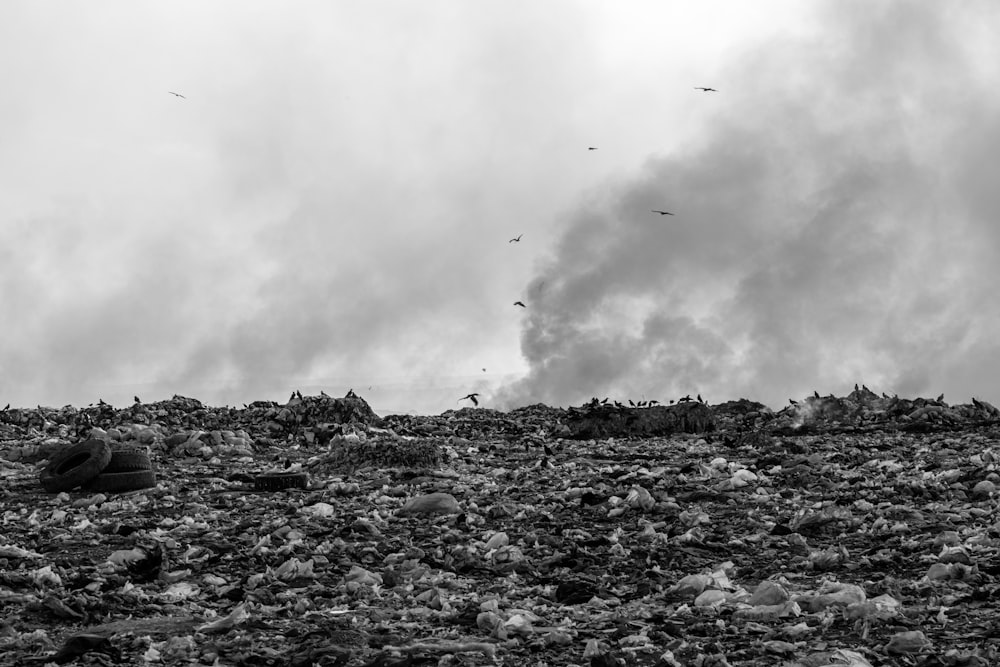Rotten returns
Biomethane could play a big role in European decarbonisation

Biomethane is rapidly winning the approval of investors betting on European energy security and an alternative route to decarbonising hard-to-abate industries.
Nevertheless, there are significant headwinds to overcome if biomethane is to reach its full potential. These include patchy and inconsistent regulations across the EU and ensuring that biomethane is cost effective versus natural gas. For some countries in Europe biomethane even offers a way for obligated emitters to be exempt from needing to buy carbon allowances.
Before we get to that it’s worth going back to basics and explaining exactly what is biomethane.
It begins with biogas, which is produced through the anaerobic digestion (AD) of organic waste. AD occurs when bacteria break down organic matter in the absence of oxygen. The result is a mixture of methane, carbon dioxide and small quantities of other gases.
The main feedstocks for AD arise from agricultural (animal manure, agricultural residues, etc.), industrial (non-edible food waste), and household sources (municipal solid and water waste).
Biomethane (also known as “renewable natural gas”) is produced either by “upgrading” the biogas (a process that removes any CO2 and other contaminants present), or through the gasification of solid biomass followed by methanation.
In addition to displacing the consumption of natural gas that would otherwise take place, AD of organic waste prevents the release of methane that would have otherwise have been emitted into the atmosphere. It is for this reason that biomethane is described as either a zero carbon or even a negative carbon gas.
Furthermore, since biomethane is indistinguishable from natural gas it can leverage the existing gas infrastructure. This means it can be used for the production of heat and power, used as a feedstock for industry, and used as a transport fuel once compressed and liquefied. Biomethane’s big opportunity could be in decarbonising those hard-to-abate sectors, such as heavy industry and freight transport, where electrification is most challenging.

